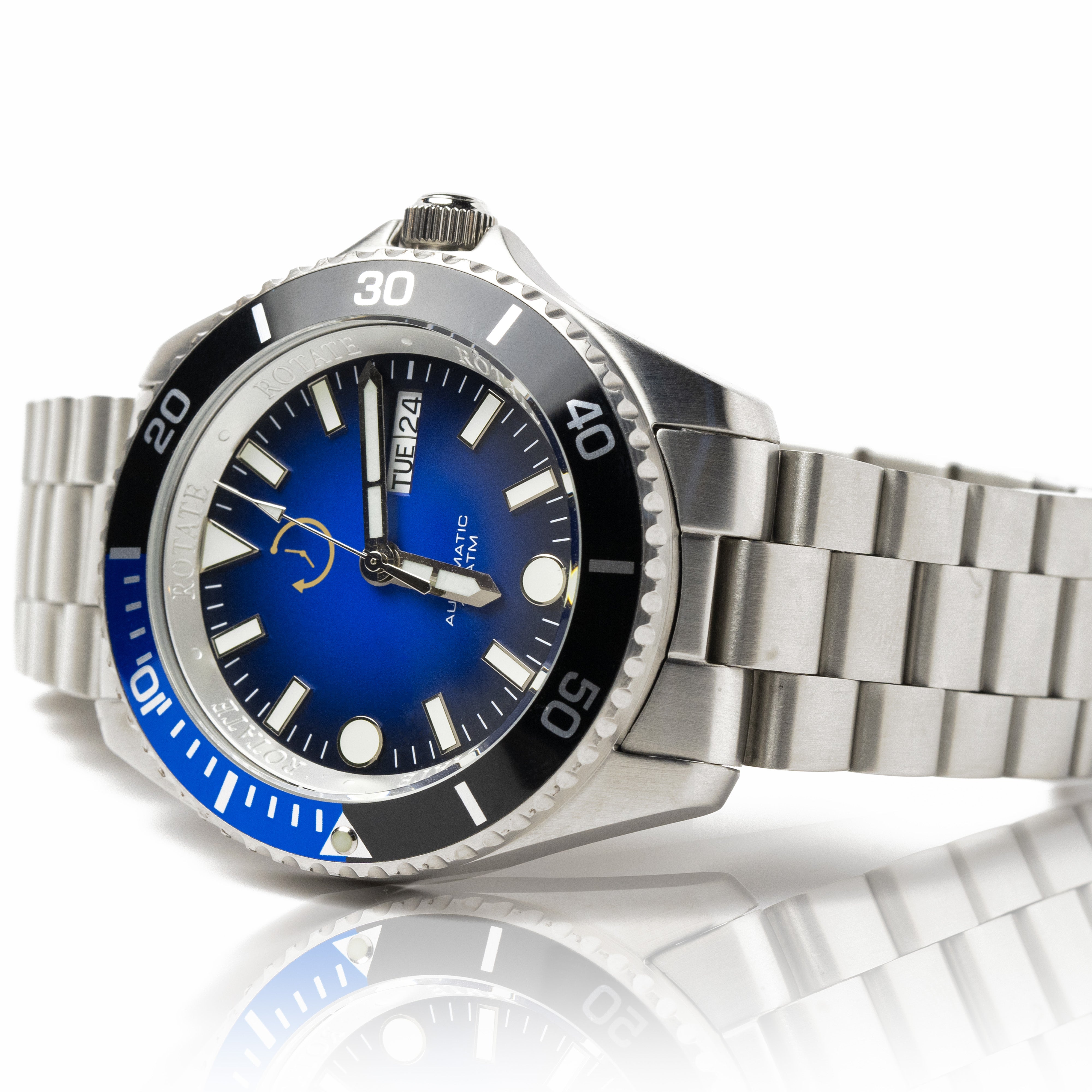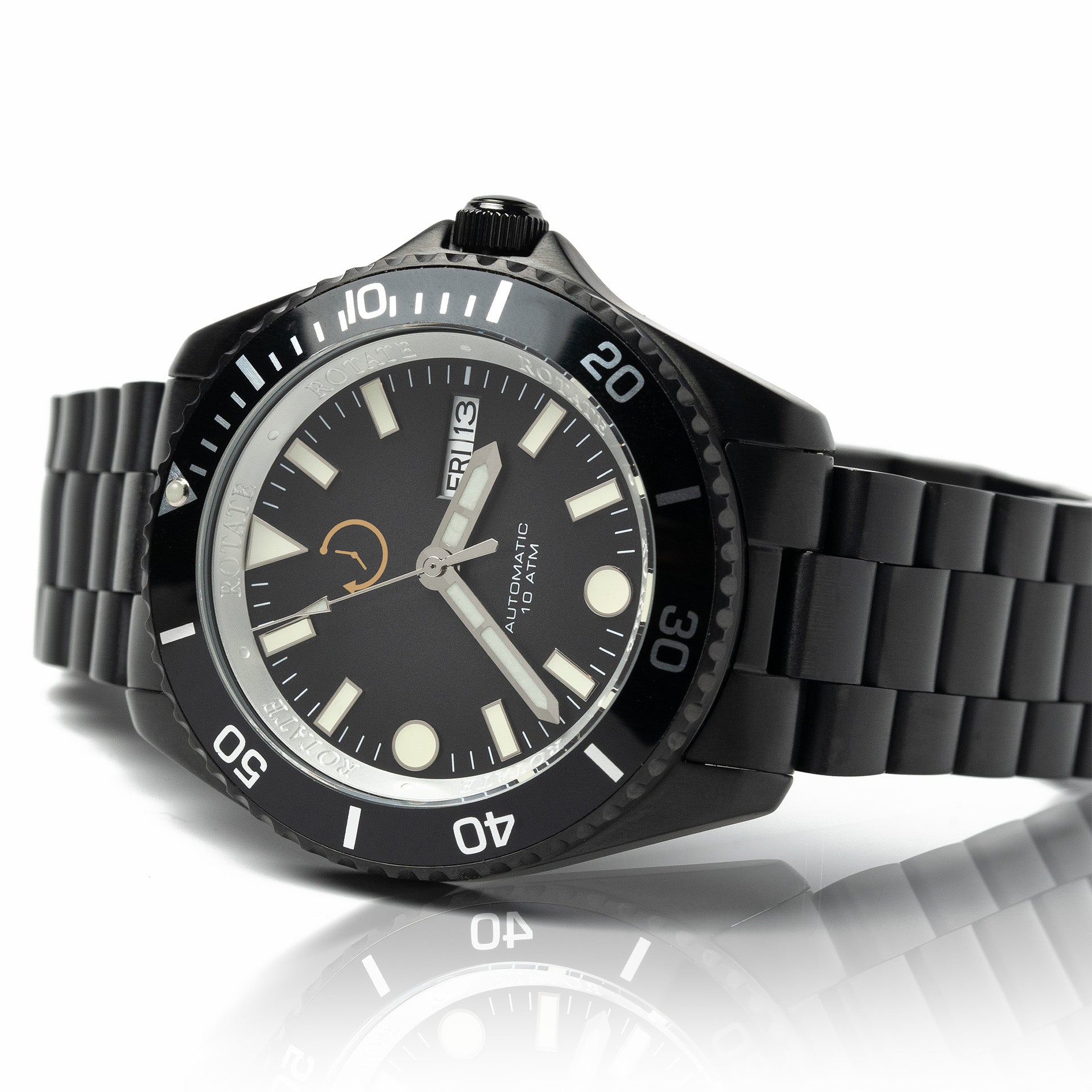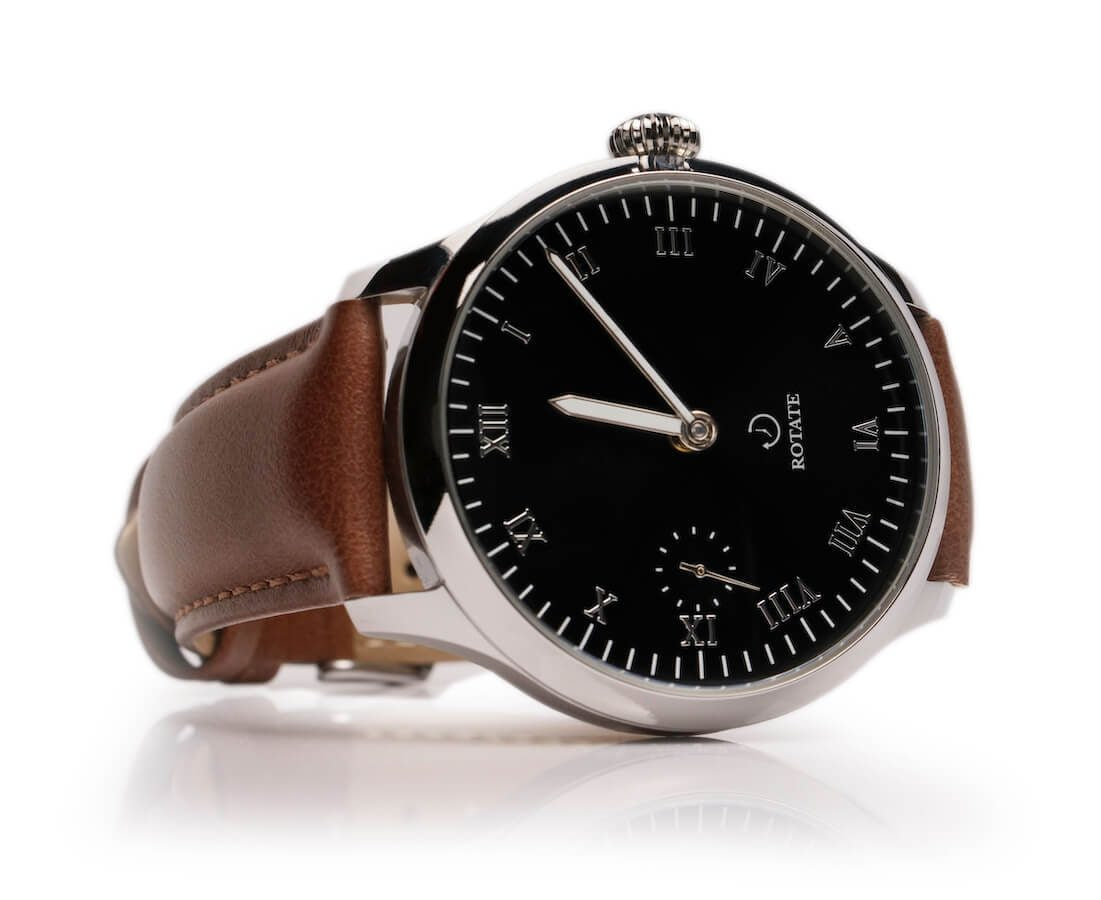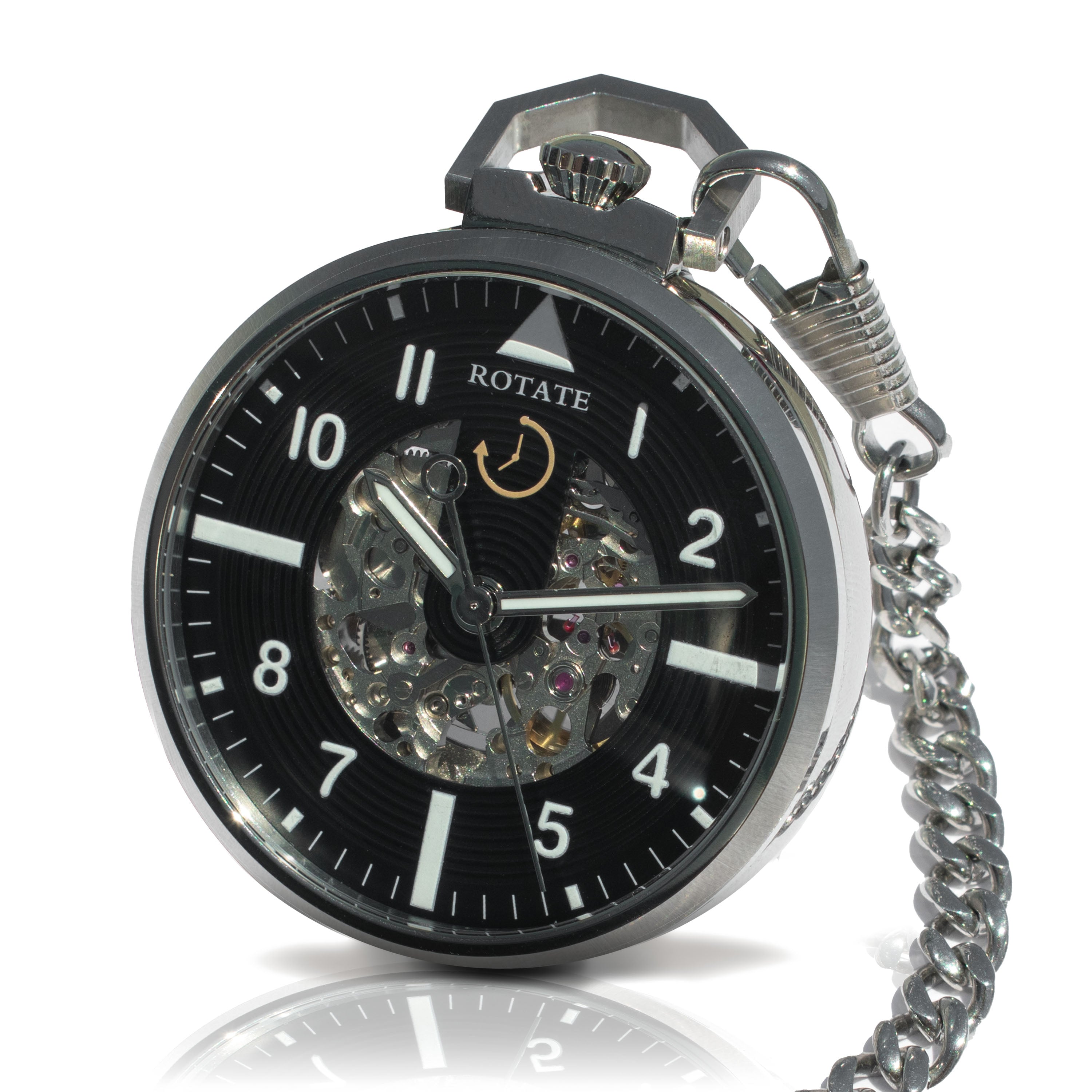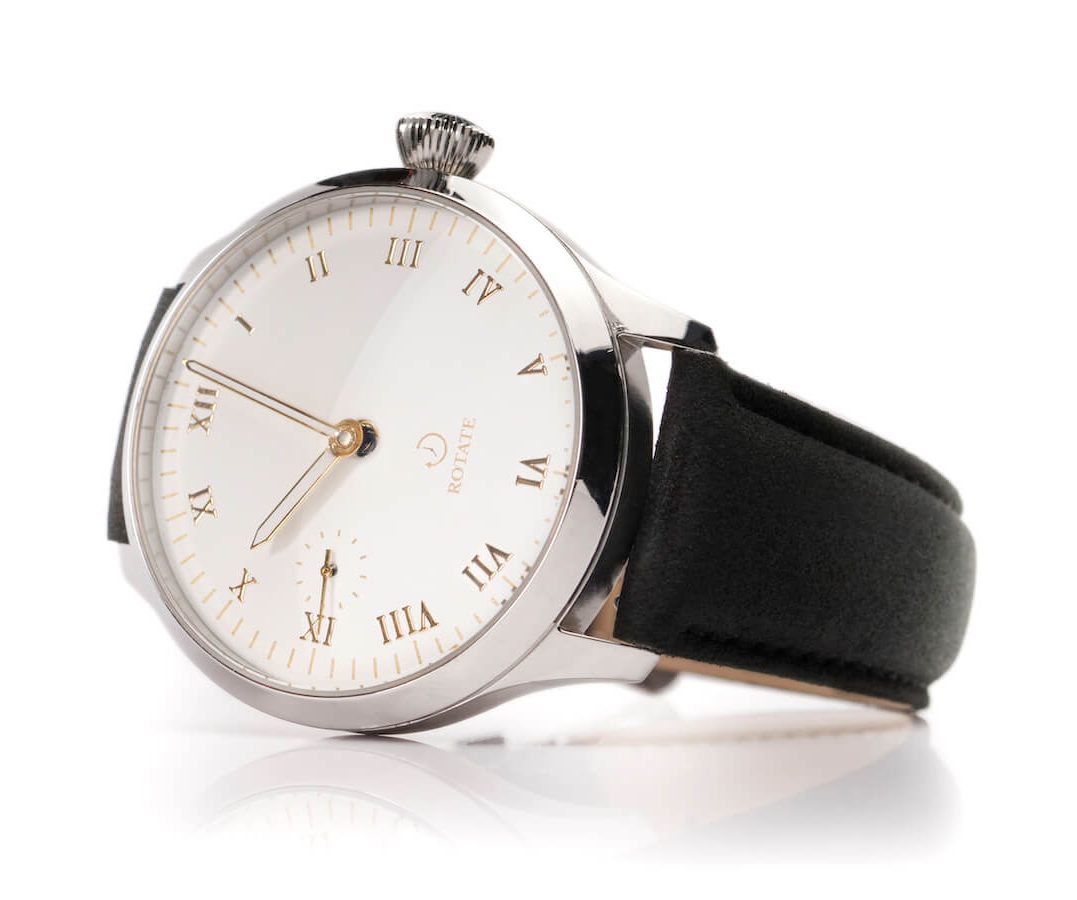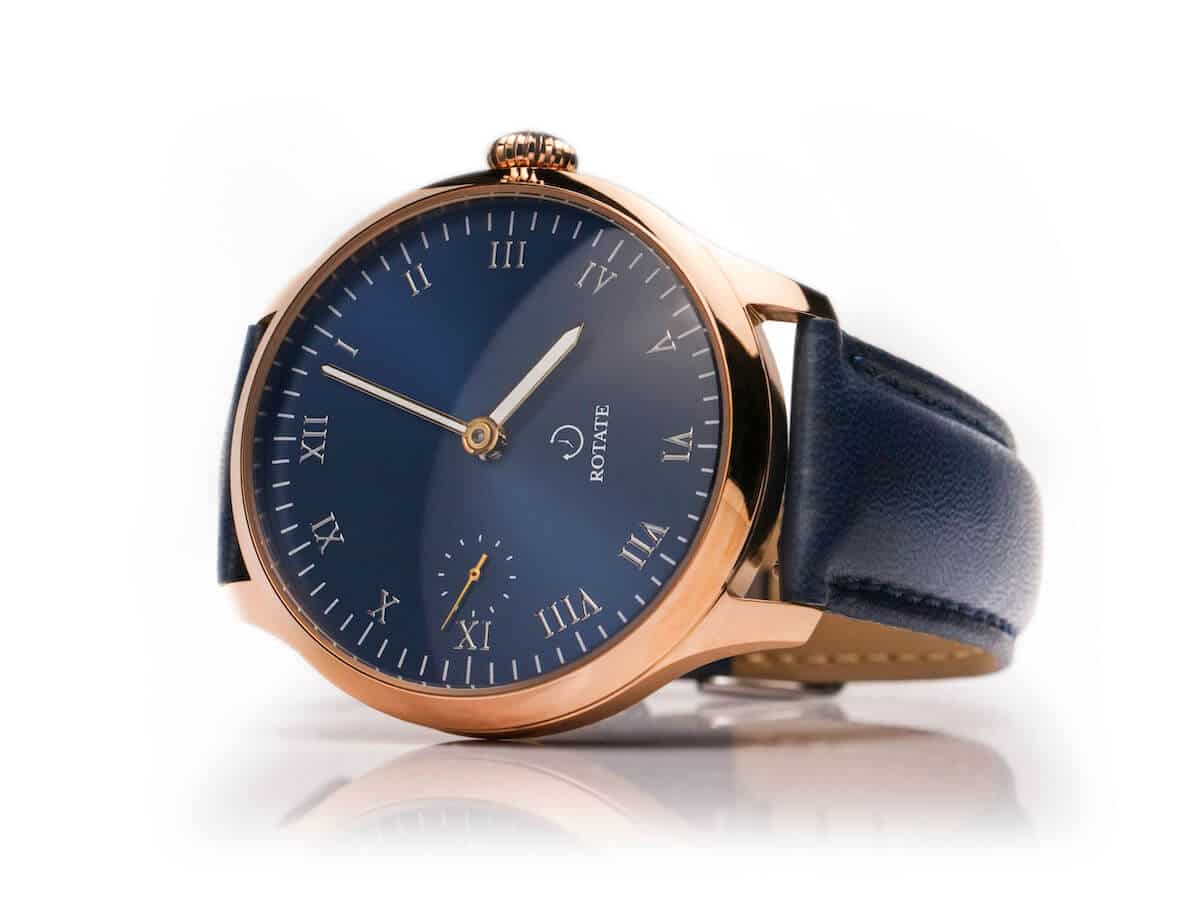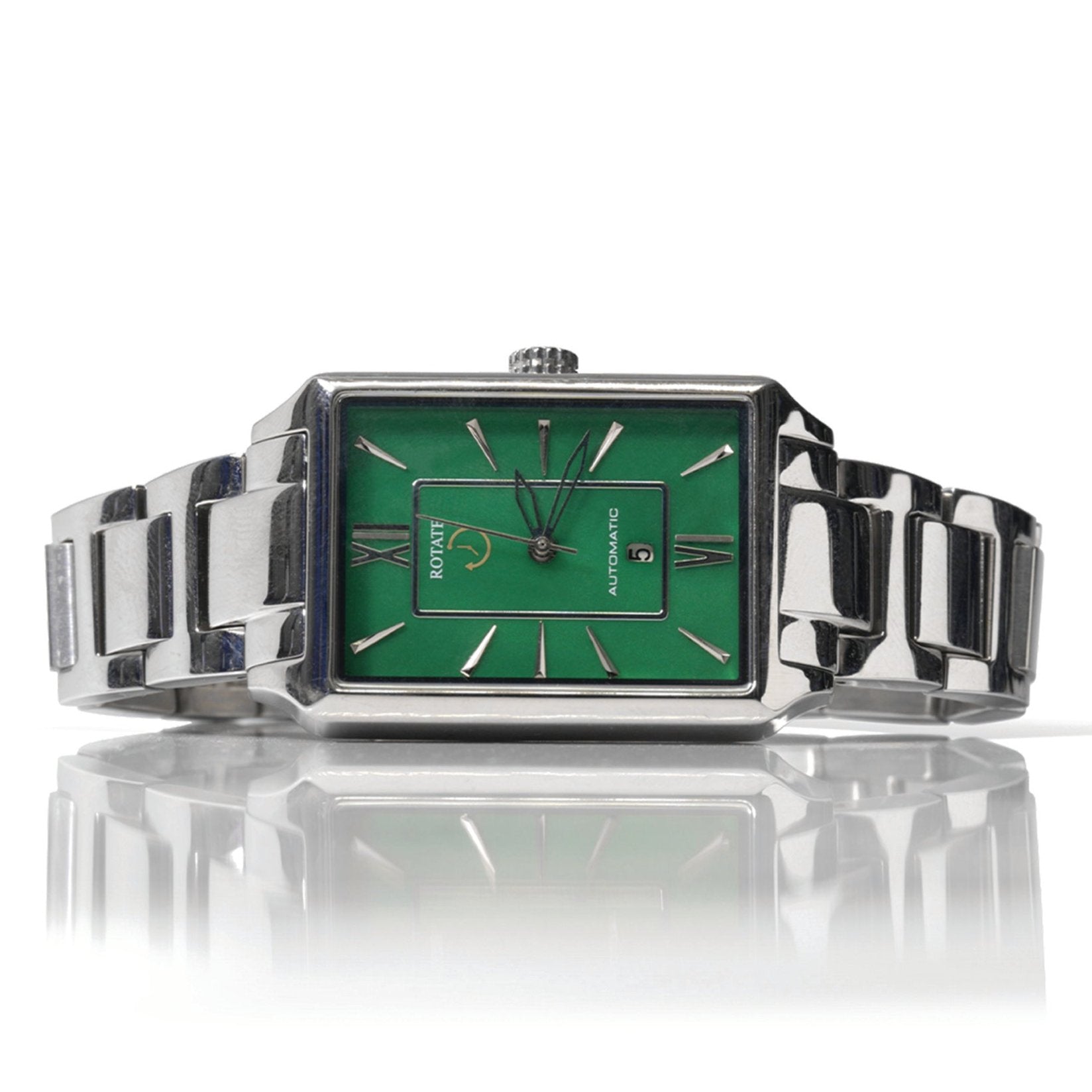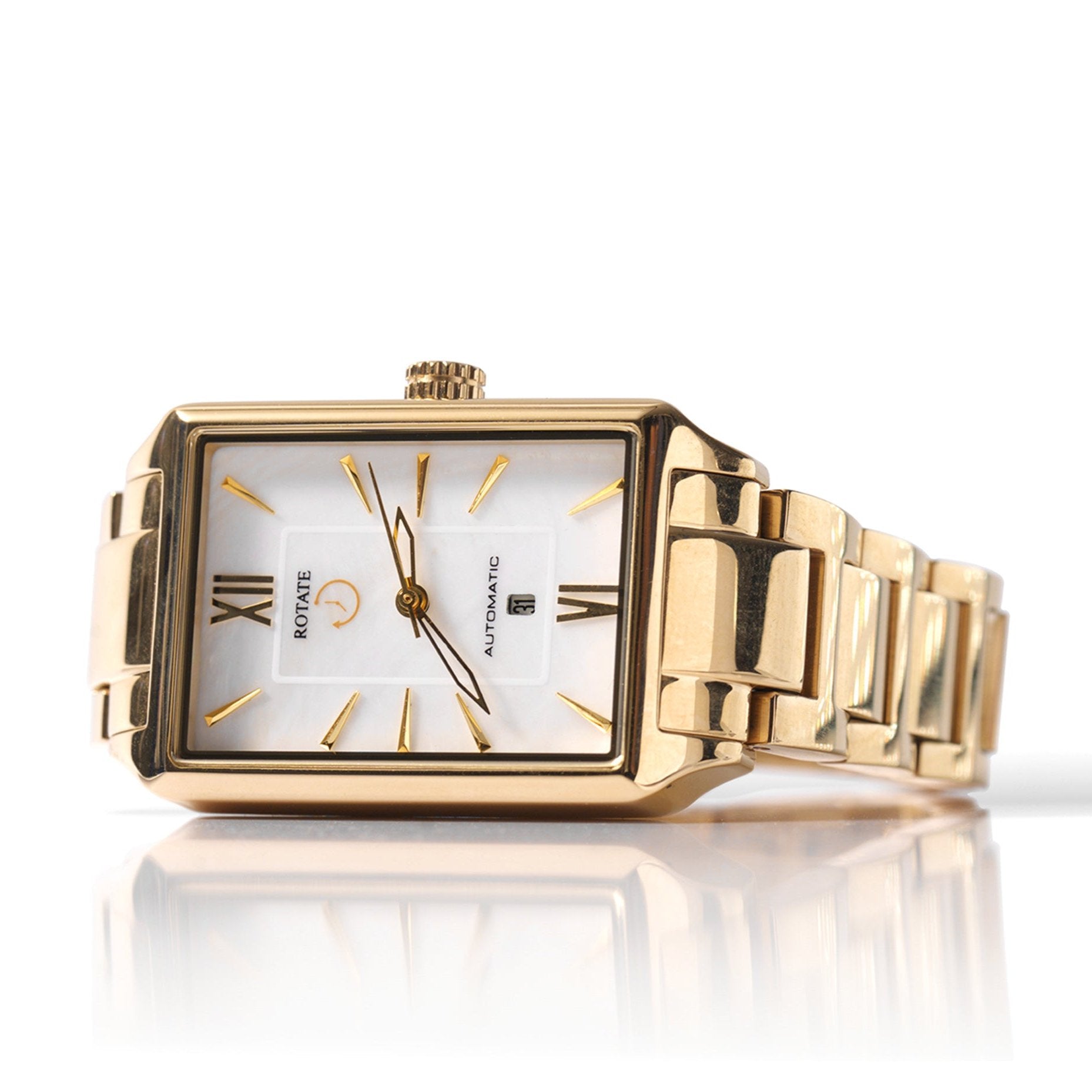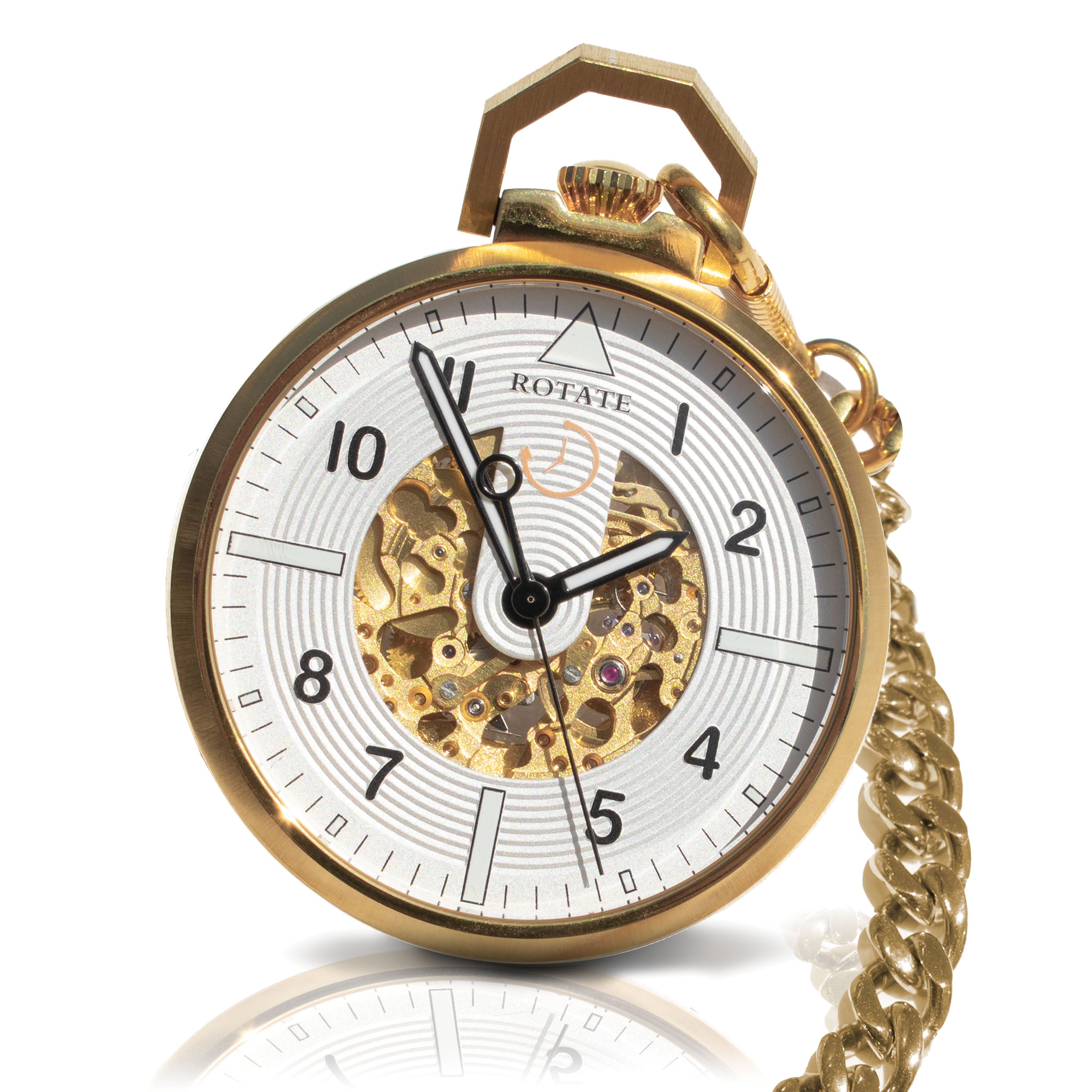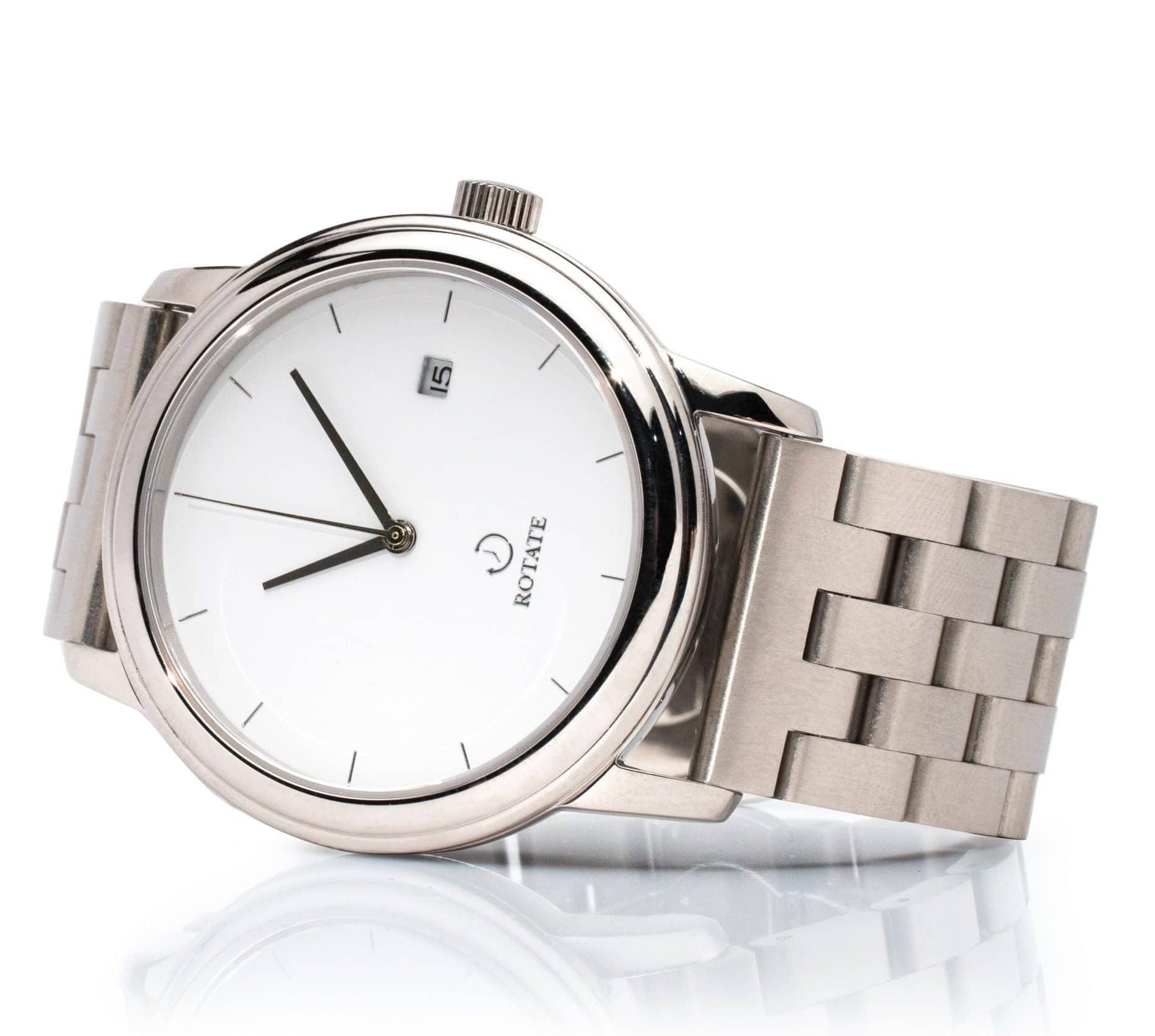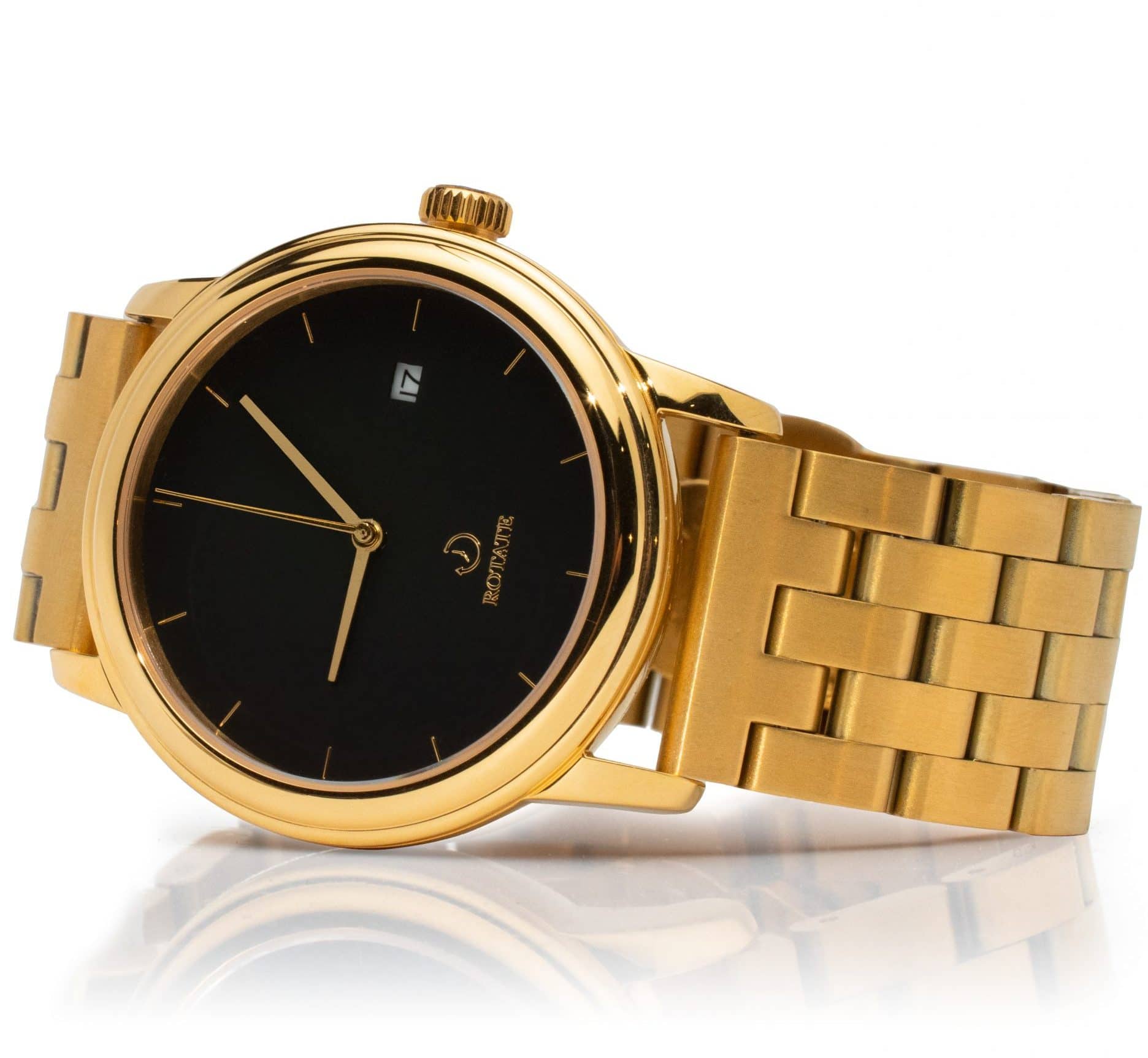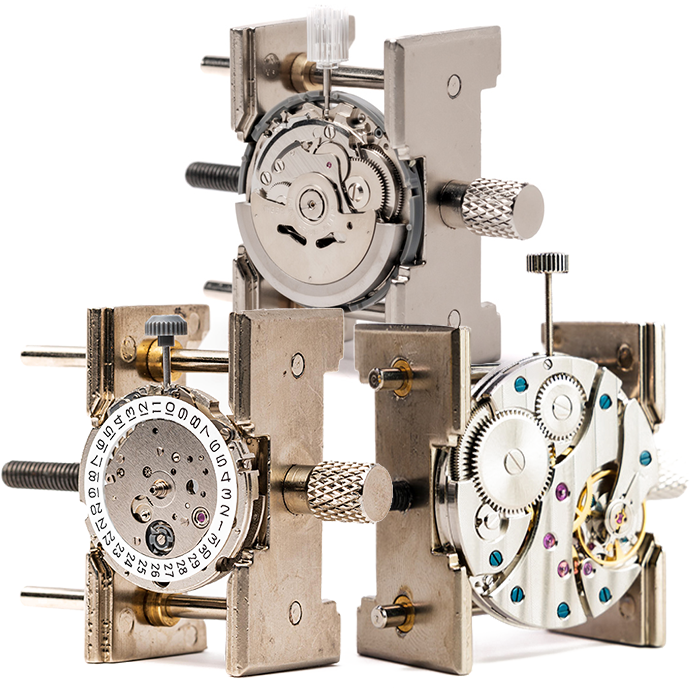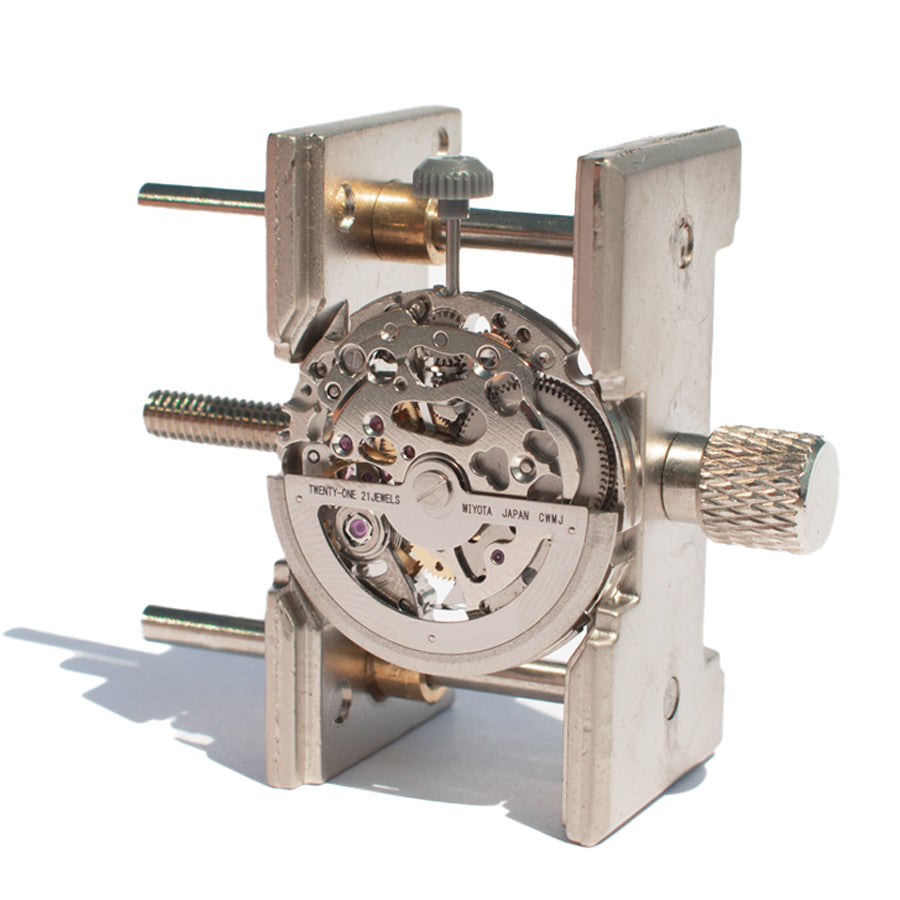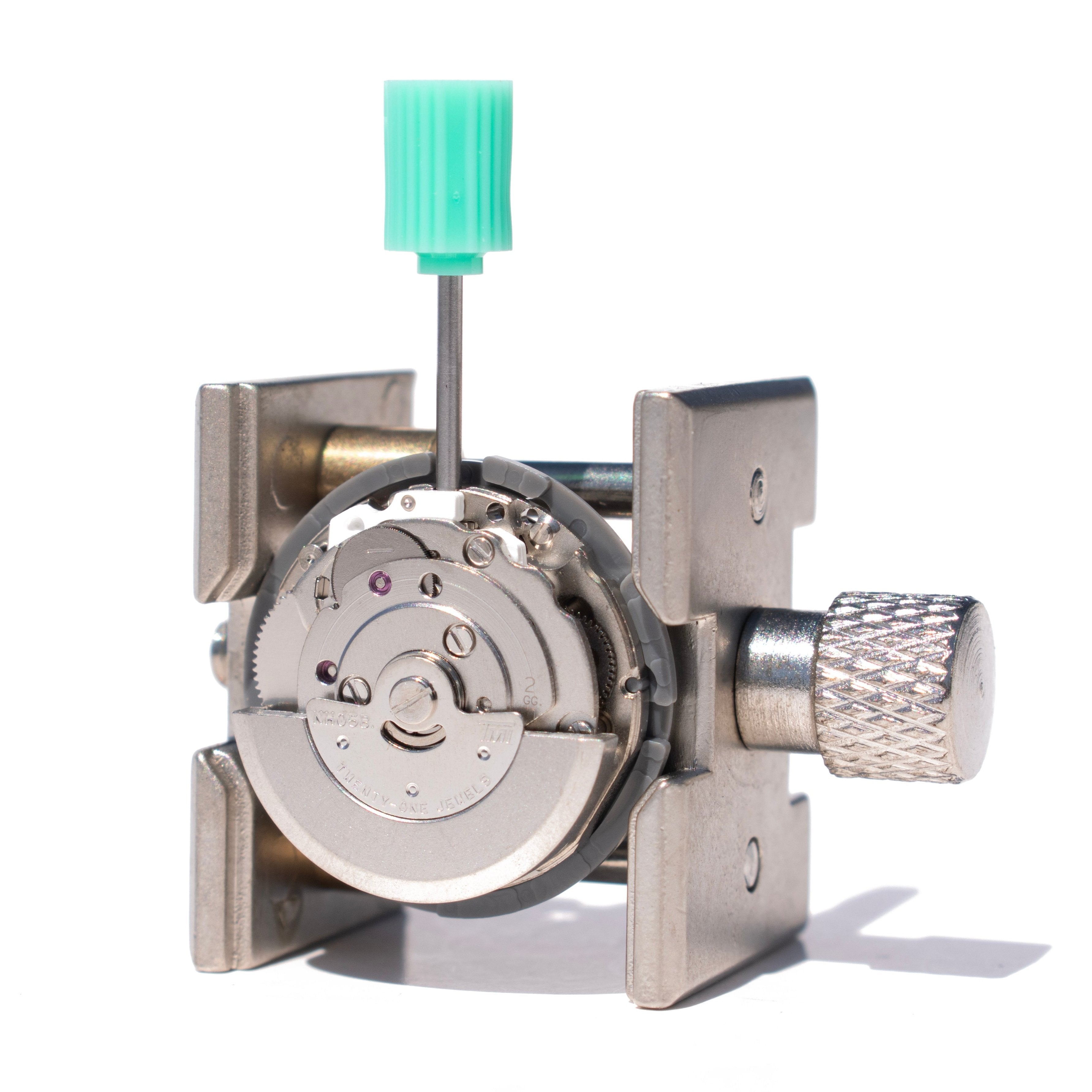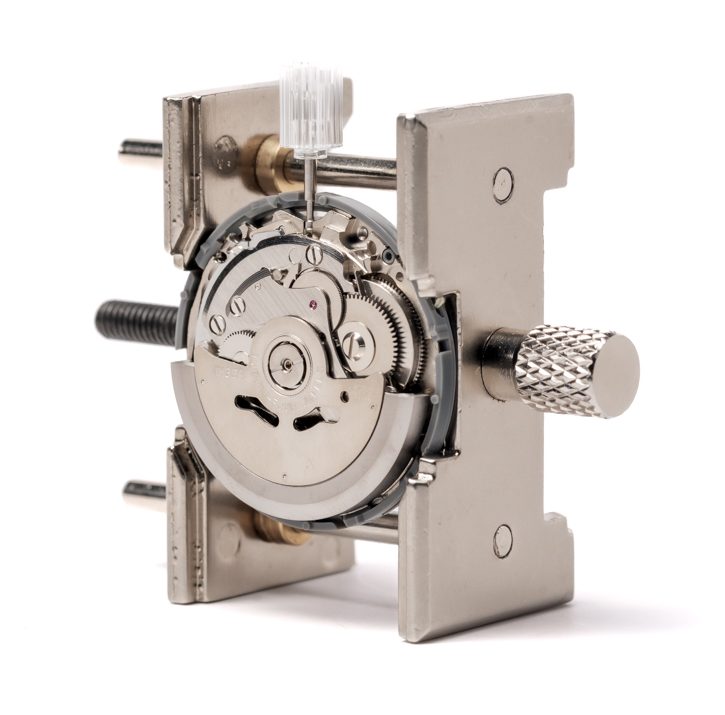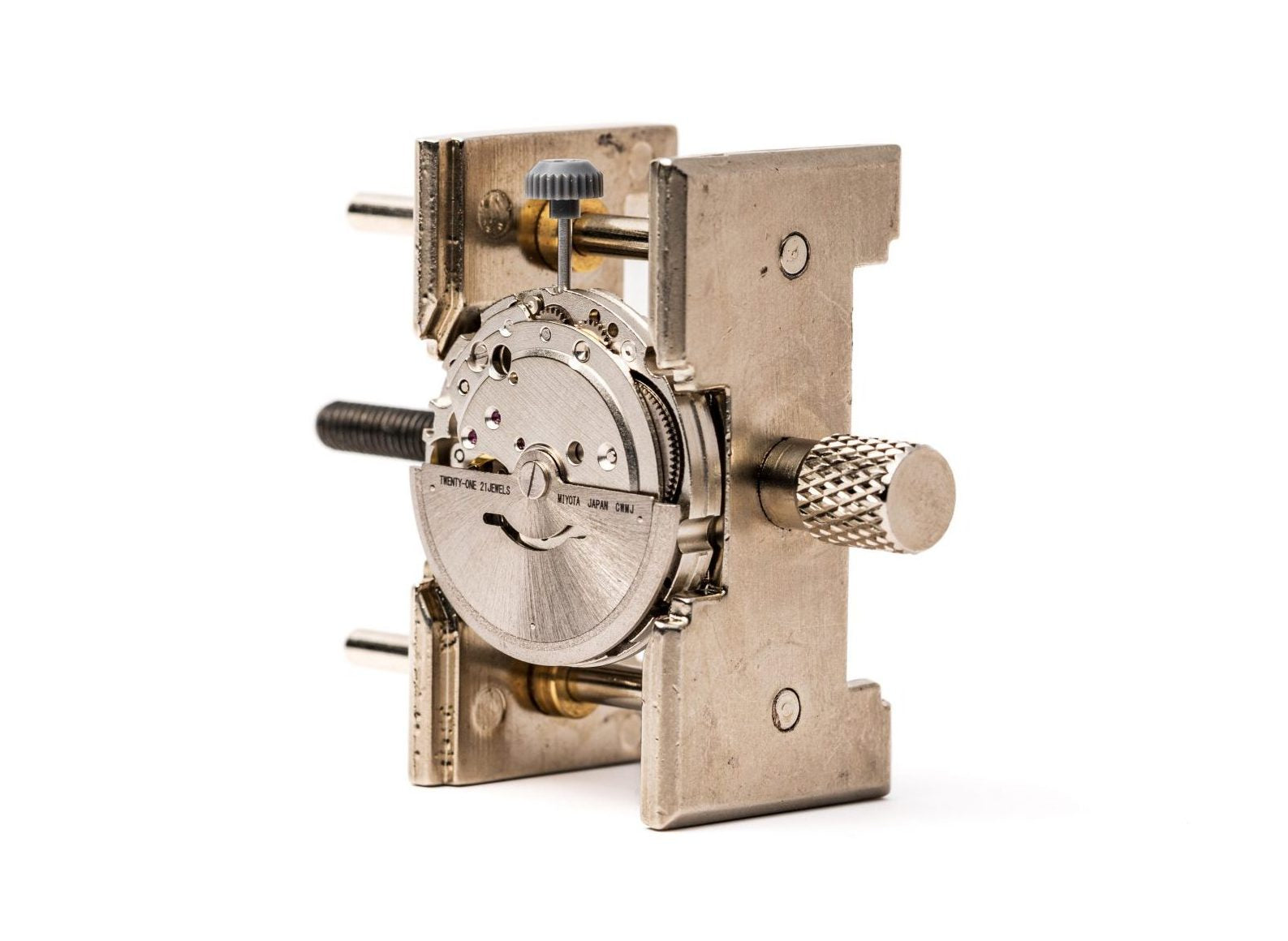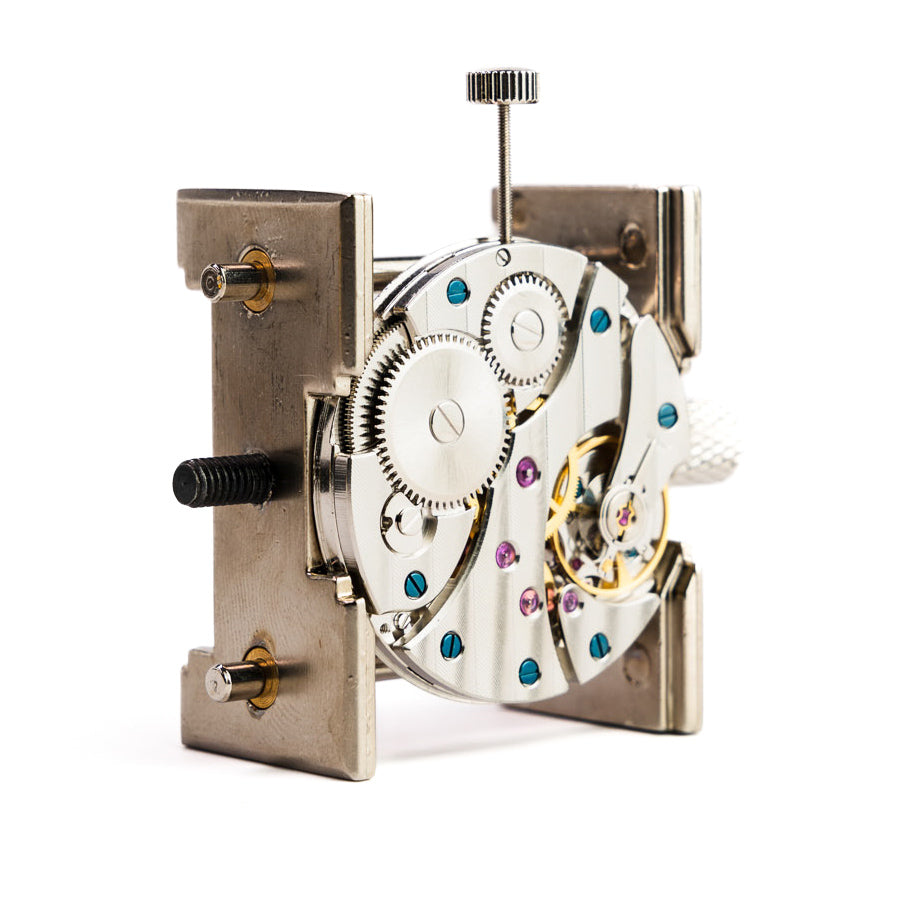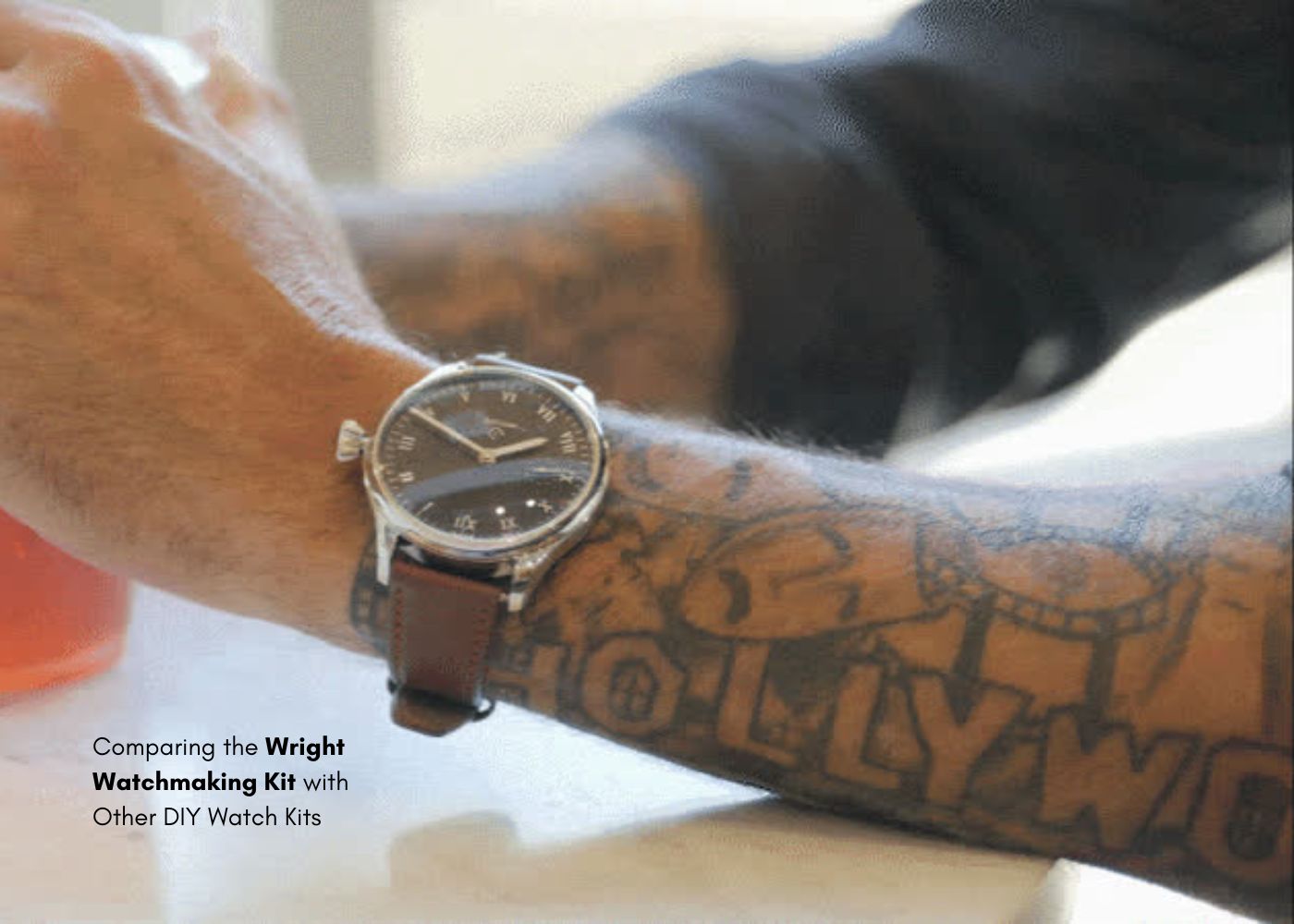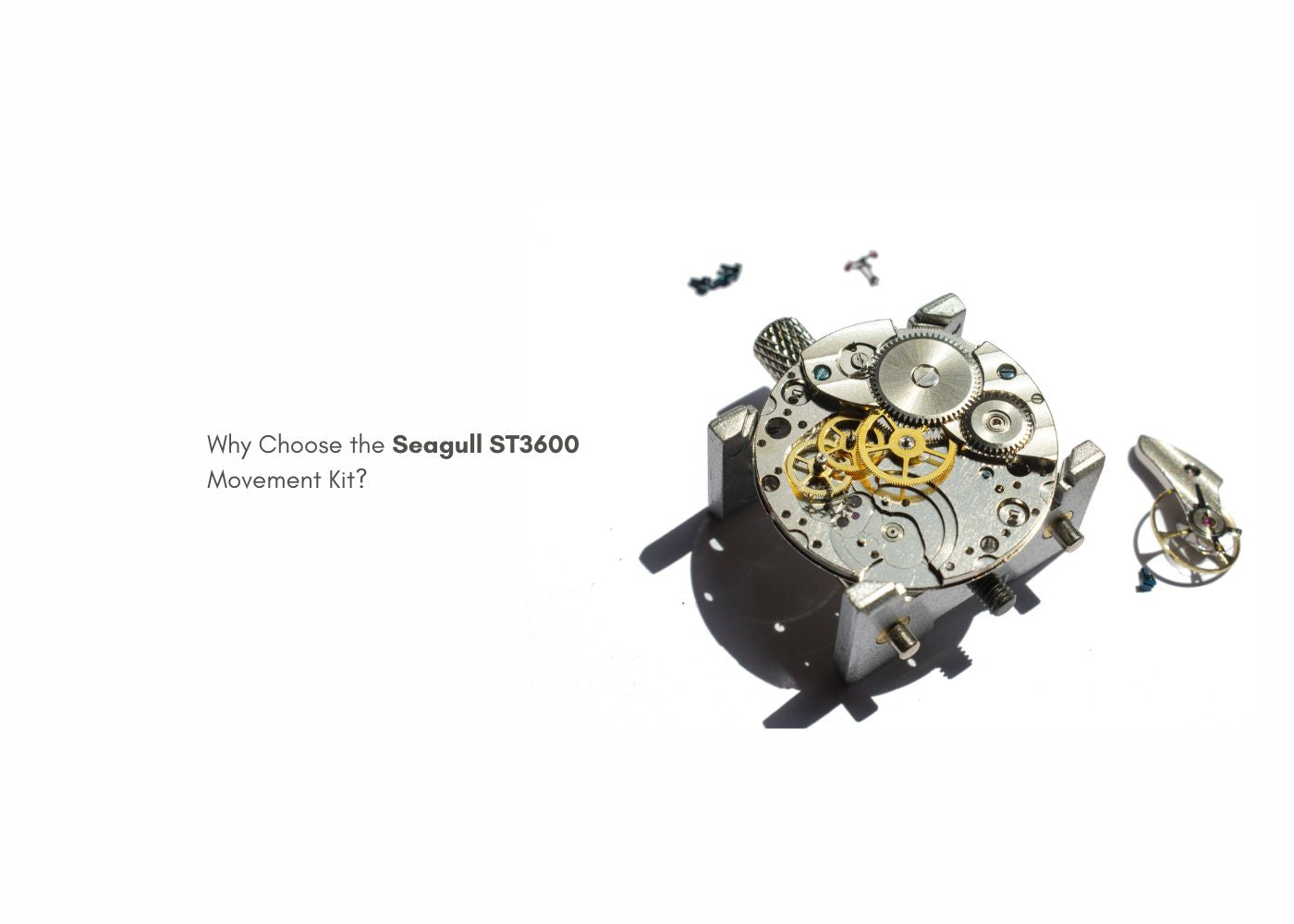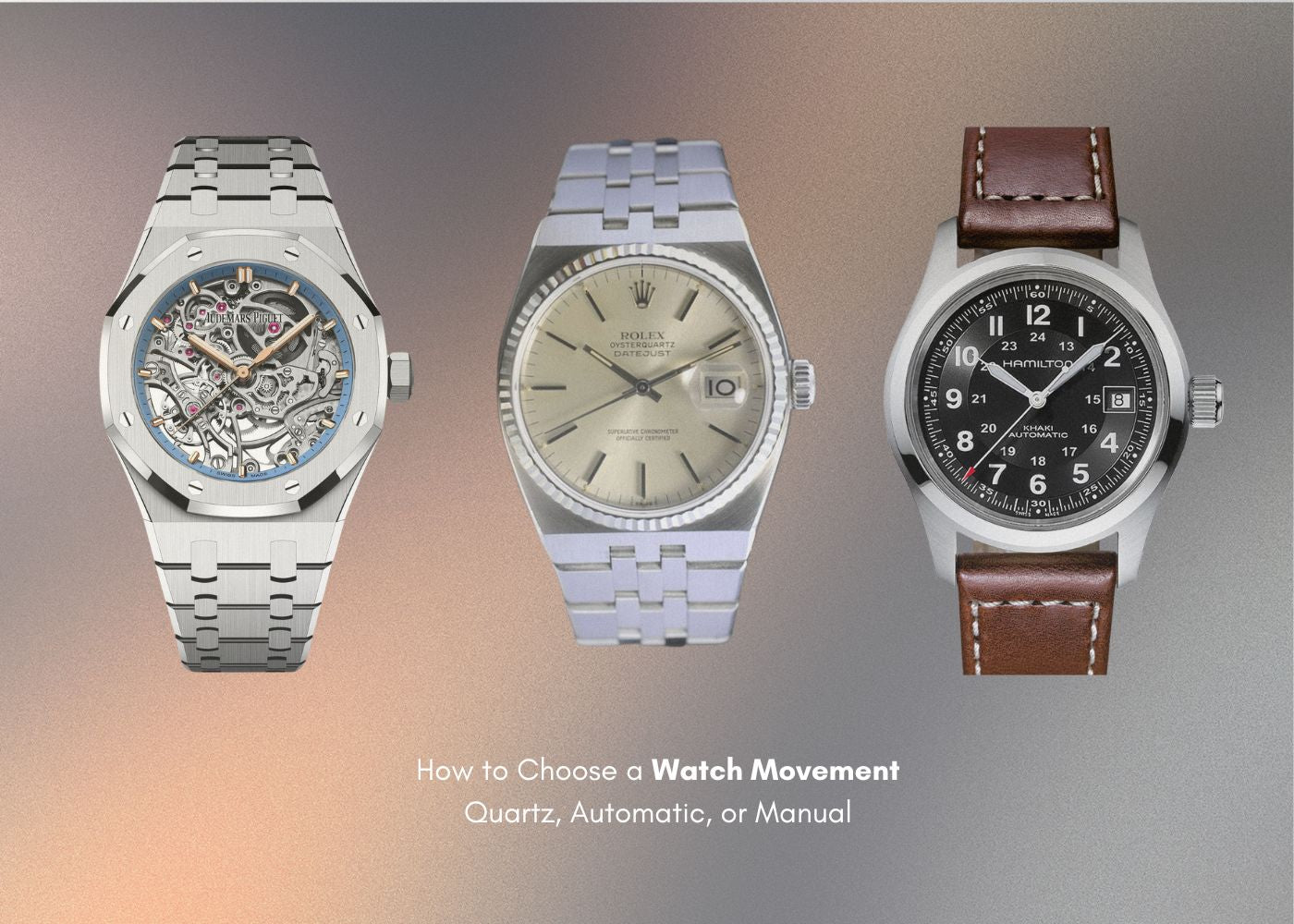
How to Choose a Watch Movement: Quartz, Automatic, or Manual
When selecting a timepiece, understanding the heart that beats within represents perhaps the most crucial decision you'll make. Watch movements form the soul of any timepiece, determining not just accuracy and function, but the entire experience of ownership.
While quartz movements dominate production numbers globally, horological enthusiasts and connoisseurs overwhelmingly favor mechanical movements for their artistry, heritage, and soul.
The Philosophy Behind Watch Movements
A watch movement (also called a caliber) powers your timepiece, driving the hands and any additional complications like date displays or chronographs. Different movement types offer vastly different ownership experiences beyond mere timekeeping.
Mechanical watches represent the pinnacle of human ingenuity, connecting us to centuries of watchmaking tradition. Many luxury watchmakers spend years perfecting a single movement, with master craftsmen dedicating their lives to this intricate art form. Patek Philippe's calibers, for instance, feature hand-finished components that require months of meticulous labor by skilled artisans.
Meanwhile, quartz watches prioritize absolute accuracy and practicality, sacrificing the romance of mechanical engineering for convenience.
While perfectly functional for daily timekeeping, many enthusiasts find quartz movements lack the emotional connection that makes mechanical watches so deeply satisfying to own.
Types of Watch Movements Explained
Quartz Movement
Quartz movements revolutionized the watch industry after their introduction in the late 1960s. While offering unmatched accuracy and convenience, many collectors view them as industrial products rather than works of art.
How quartz movements work:
-
A battery sends electrical current through a quartz crystal, causing precisely 32,768 vibrations per second
-
An integrated circuit counts these vibrations and sends electrical pulses to a stepping motor
-
The motor advances the seconds hand in one-second increments, creating the characteristic "ticking" motion
Quartz watches provide remarkable accuracy (typically ±15 seconds monthly), but lack the craftsmanship, heritage, and soul that define fine mechanical watchmaking. Many watch enthusiasts compare quartz watches to digital music-perfectly accurate but missing the warmth and character of analog alternatives.
Manual (Hand-Wound) Movement
Manual movements represent watchmaking in its purest form. Dating back to the 16th century, these movements embody the original art of horology before modern innovations.
How manual movements work:
-
Turning the crown manually compresses the mainspring, storing potential energy
-
The mainspring gradually releases energy through the gear train to power the balance wheel
-
The escapement regulates this energy release, creating the smooth sweeping motion of the seconds hand
-
Daily winding creates a ritual connection between owner and timepiece
Prestigious watchmakers like Patek Philippe feature hand-wound movements in their most exclusive pieces. The brand's caliber 215 PS, found in the elegant Calatrava collection, stands just 2.55mm thick-a testament to the exquisite engineering possible in hand-wound movements.
Automatic Movement
Automatic watches combine mechanical craftsmanship with everyday convenience. Developed in the 18th century but perfected in the early 20th, self-winding mechanisms allow mechanical watches to function without daily winding.
How automatic movements work:
-
A weighted rotor swings freely with natural wrist movement throughout the day
-
The rotor's motion winds the mainspring automatically during normal wear
-
After full winding, most automatic watches provide 40-80 hours of power reserve
-
The same mechanical principles as manual watches create the sweeping seconds hand
Rolex stands as perhaps the most famous proponent of automatic movements, with their caliber 3135 powering many of their iconic models including the Submariner. Audemars Piguet's caliber 3120, found in various Royal Oak models, represents another pinnacle of automatic movement design, featuring a 60-hour power reserve and exquisite finishing visible through the exhibition caseback.
Comparing Different Watch Movements
Artistry and Soul
Mechanical movements stand unrivaled in terms of artistry and soul:
-
Master watchmakers devote thousands of hours to perfecting mechanical calibers
-
Each component receives hand-finishing to tolerances finer than a human hair
-
Multiple generations of watchmakers contribute to evolution of caliber designs
-
Mechanical watches connect owners to centuries of watchmaking tradition
Quartz movements, while technologically advanced, lack this human connection. Mass-produced on automated assembly lines, they prioritize function over beauty. Even high-end quartz movements from brands like Grand Seiko lack the emotional resonance of mechanical alternatives.
Accuracy and Precision
Regarding pure accuracy, movement types perform quite differently:
-
Quartz movements: Exceptionally accurate, typically gaining/losing only 15-20 seconds monthly
-
Mechanical movements: Generally gain/lose 5-15 seconds daily (with COSC-certified chronometers staying within -4/+6 seconds)
While quartz movements provide superior absolute accuracy, high-end mechanical watches display remarkable precision considering they function without any electronic components. Patek Philippe's mechanical movements consistently maintain accuracy within extremely tight tolerances, demonstrating that mechanical precision can approach quartz performance in the hands of master craftsmen.
Heritage and Investment Value
Mechanical movements typically offer superior investment value:
-
Timepieces from prestigious manufactures often appreciate significantly over time
-
Vintage mechanical watches with interesting calibers command premium prices
-
Quartz watches rarely achieve collectible status or price appreciation
Patek Philippe's famous advertising slogan-"You never actually own a Patek Philippe; you merely look after it for the next generation"-speaks to the lasting value of fine mechanical watches. Meanwhile, vintage quartz watches typically hold little collector interest regardless of brand.
The Luxury Watch Perspective
Among prestigious watch manufacturers, mechanical movements reign supreme:
Patek Philippe exclusively uses mechanical movements in their mainline collections. Their caliber CH 29-535 PS represents a masterpiece of chronograph engineering, featuring six patented innovations and exquisite hand-finishing visible through the sapphire caseback of models like the Ref. 5172G.
Audemars Piguet's Royal Oak, designed by Gerald Genta in 1972, houses the manufacture caliber 3120, an automatic movement with 60-hour power reserve and 40 jewels. The brand's meticulous finishing includes Côtes de Genève striping, circular graining, and hand-polished bevels on even the smallest components.
Rolex's reputation for reliability stems from their mechanical movements. The caliber 3235, found in modern Datejust models, features 14 patents and provides 70 hours of power reserve-representing the culmination of Rolex's mechanical expertise.
Even when luxury brands use quartz (Omega and Longines both offer quartz models), they typically focus their prestige collections on mechanical movements because of their superior craftsmanship and heritage.
Experience Watchmaking Firsthand with Rotate Watches
Moving beyond merely buying watches, creating one yourself offers an unparalleled way to appreciate mechanical watch movements. Rotate Watches makes this fascinating experience accessible through comprehensive movement kits suitable for beginners and enthusiasts alike.
Exploring Rotation's Movement Kit Options
Rotate offers several outstanding movement kit options for hands-on learning:
Seiko NH36 Movement Kit
The Seiko NH36 Movement Kit provides an exceptional introduction to automatic movements. As Rotate's most popular option, this kit includes everything needed to disassemble and reassemble a quality Japanese automatic movement.
Kit specifications include:
-
Complete Seiko NH36 automatic movement with day-date function and hacking seconds
-
Runs for over 41 hours when fully wound
-
Contains 24 jewels for reduced friction and improved durability
-
All necessary tools for disassembly/reassembly
-
Comprehensive beginner-friendly guide
-
Dedicated technical support from Rotate's team
Building the NH36 movement yourself creates a deeper appreciation for mechanical watches than simply purchasing one ready-made.
For exploring different mechanical movement types, Rotate offers additional options:
The Seagull ST3600 Movement Kit features a hand-wound movement, providing insight into the original form of mechanical watches. With 17 jewels and classic manual winding architecture, this movement represents traditional watchmaking at its finest.
The Miyota 8215 Movement Kit showcases another popular automatic movement from Japan's Citizen Group. Known for reliability and distinctive indirect seconds drive, this movement differs interestingly from the Seiko NH36.
For the ultimate experience, the Mega Movement Kit Bundle includes all three movements, providing a comprehensive education in different movement architectures and functionality.
Benefits of Building Your Own Movement
Working with mechanical watch movements firsthand offers several advantages:
-
Gaining deep understanding of how mechanical watches actually function
-
Developing appreciation for the precision engineering involved in watchmaking
-
Building confidence in performing basic watch maintenance
-
Creating a unique connection with mechanical timepieces
Rotate's kits include detailed guides explaining the purpose of each component, making complex watchmaking concepts accessible to beginners. The company's approach emphasizes education alongside hands-on experience.
Begin Your Watchmaking Journey
Mechanical watches represent much more than just timekeeping devices - they're tiny mechanical marvels showcasing generations of engineering innovation. Making an informed choice between quartz, automatic, and manual movements ensures your watch meets your needs while providing satisfaction for years to come.
For those intrigued by the inner workings of mechanical watches, Rotate's movement kits and watch kits offer an unparalleled opportunity to experience watchmaking firsthand. Starting with the popular Seiko NH36 Movement Kit provides an accessible entry point to the fascinating world of mechanical watches.
Whether you ultimately choose quartz precision, automatic convenience, or manual tradition, understanding the differences between watch movements empowers you to make choices aligned with your preferences, lifestyle, and appreciation for horological craftsmanship.
FAQ
Q. How do I decide between quartz and mechanical movements?
Consider what you value most in a timepiece. Quartz offers accuracy and minimal maintenance, while mechanical movements provide craftsmanship, heritage, and emotional connection. For those who appreciate watchmaking art, mechanical movements deliver an experience quartz cannot match.
Q. Which mechanical movement is better: automatic or manual?
Neither is objectively "better" - each offers different qualities. Automatic movements provide convenience through self-winding but result in thicker watches. Manual movements require daily winding but create a ritual of interaction with your timepiece and allow for thinner case designs.
Q. How accurate are mechanical watch movements compared to quartz?
Quartz movements typically vary by only 15-20 seconds monthly, while mechanical movements may vary by 5-15 seconds daily. High-end mechanical watches can achieve chronometer certification (COSC), requiring accuracy between -4 to +6 seconds per day, still less precise than standard quartz movements.
Q. What maintenance do different watch movements require?
Quartz movements need battery replacement every 1-2 years and occasional seal checks. Mechanical movements require professional servicing every 3-7 years, including cleaning, lubrication, and adjustment to maintain accuracy and prevent wear.
Q. Which watch movement offers the best value for money?
For pure timekeeping functionality, quartz movements deliver the best value. For craftsmanship and potential heirloom status, mechanical movements offer superior long-term value despite higher initial cost and maintenance. Japanese mechanical movements (like Seiko's NH36) often provide an excellent middle ground, delivering mechanical craftsmanship at accessible prices.


